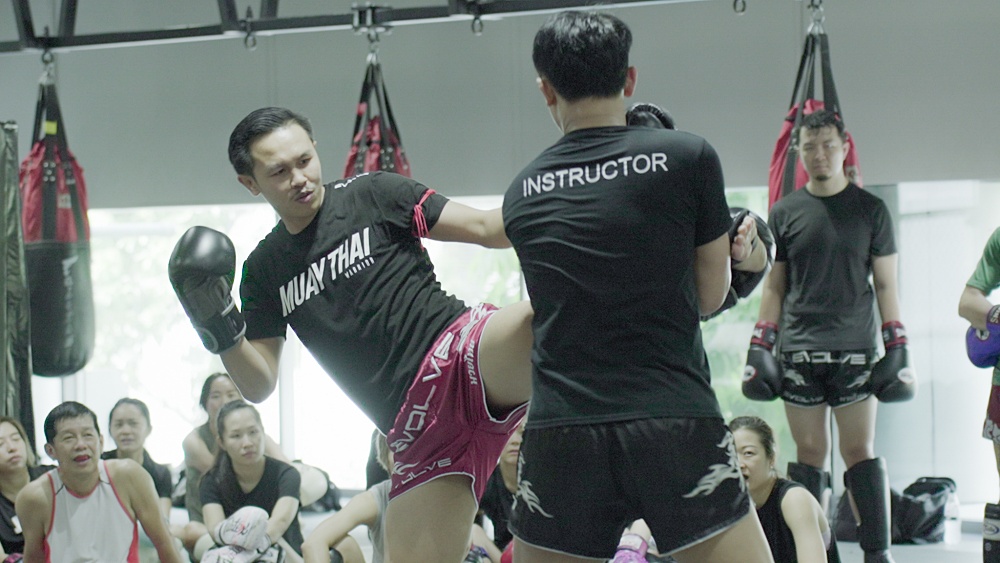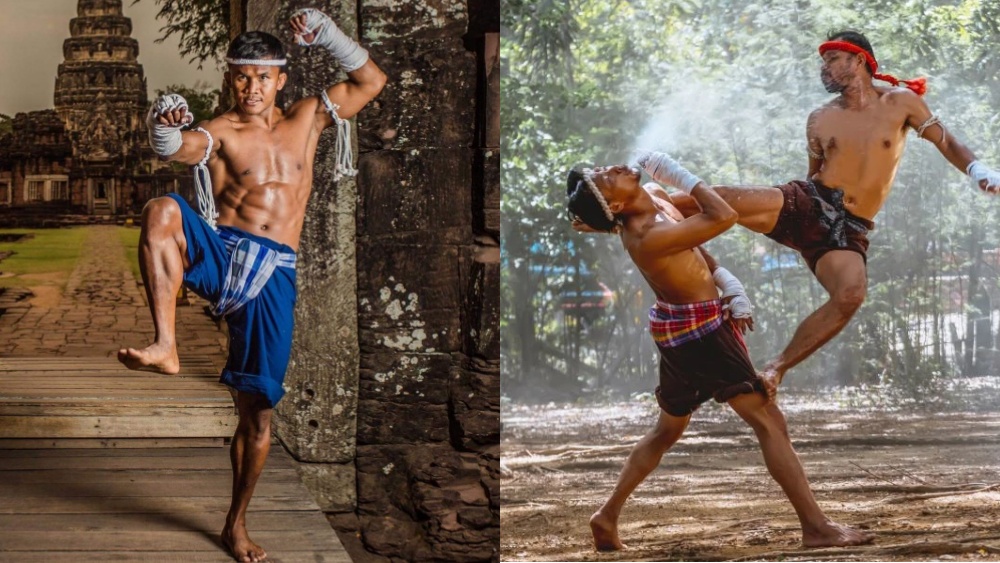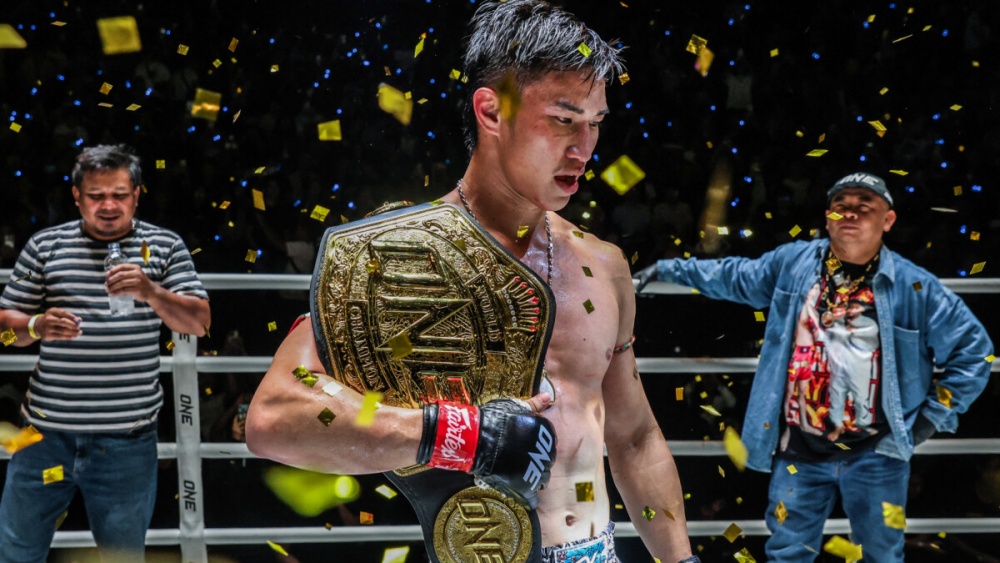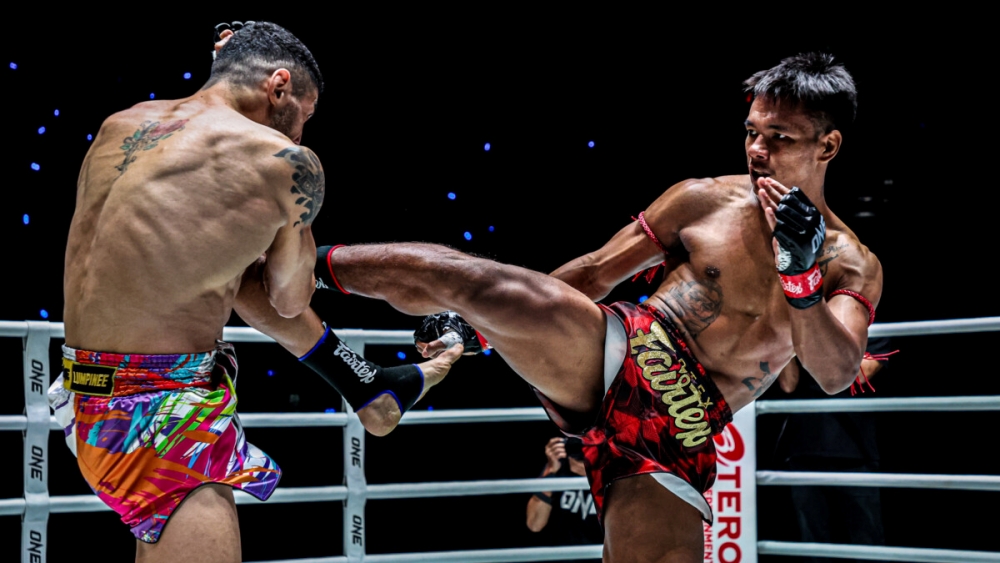The question of which approach to sparring is better is often asked in martial arts spaces like Muay Thai, Boxing, or other combat sports. The answer lies right in the middle since each approach to sparring has its pros and cons.
Sparring is the most beneficial part of your training since it’s the closest thing you can do to getting in a real fight. How often you spar is one of the most significant factors that determine how good your skills become. It’s one of the reasons why people who train in martial arts like Brazilian Jiu-Jitsu seem invincible to people who have never trained. Such grappling-based martial arts don’t involve strikes, so students can roll as intensely as they wish without much risk.
Things are very different with striking-based martial arts like Muay Thai. Punches, knees, elbows, and kicks aren’t things your body can absorb daily without breaking down. Light and hard sparring sessions are equally crucial for Muay Thai fighters.
Understanding The Roles Of Light And Hard Sparring For Muay Thai
Let us explore the role of hard and light sparring so you can figure out which approach suits your goals best.
1) Hard Sparring
Most martial arts involve sparring to stimulate fights. Hard sparring is the closest you can get to a match or fight. It’s meant to be a real test of your abilities, and you get to experience the pressure of a real fight, the dangers your opponent poses, and the pace of a real fight. Unlike a match, there’s nowhere to hide during hard sparring sessions. Any weaknesses you have will be visible to anyone around. That’s the point of sparring, though: to identify and fix these weaknesses. Likewise, your strengths are also visible during hard sparring sessions.
The main downside to hard sparring is the potential damage your body takes. Each hard sparring session you have adds more wear to your body, much like your fights. Your body earns you an income as a Muay Thai fighter and breaks down over time. Every hard strike you absorb has a toll on your body. It’s possible to wear down your body so much during sparring sessions that you have nothing left for the actual fights.
2) Light Sparring
Light sparring allows for a more tactical approach where you test your techniques on an opponent who is resisting a little but not trying to take your head off. The main issue with only having light sparring sessions is that you don’t get to see which techniques would hold up in the heat of battle.
Light sparring provides a safe way to try new combinations or defensive movements without the real threat of getting caught with a powerful blow. You get to work on other important aspects of fighting, like distance management and timing your opponents.
Light sparring also fosters camaraderie with your training partners since the pressure of a real fight isn’t there. It isn’t uncommon to hear training partners give each other tips during light sparring sessions.
The biggest drawback of light sparring is that it doesn’t prepare you for the stress you face during a real fight. You’ll be in for a rude awakening if you get too comfortable with light sparring sessions and then move on to fight someone who comes at you like you stole something from them.
Focusing only on light sparring can also lead to bad habits being developed since most of your sparring doesn’t involve any real threats. Checking a low kick that’s thrown lightly isn’t the same as checking a kick thrown with full force.
The Optimal Approach For Muay Thai

Combining light and hard sparring is the best way to approach Muay Thai training. Muay Thai gyms in Thailand have historically frowned upon hard sparring since many fighters earn a living with their bodies. Thai fighters also tend to fight more frequently than their counterparts from other regions, typically having multiple bouts in a month.
Given the above, Thai fighters don’t need to spar hard in the gym often since they get a lot of hard rounds during their fights.
Many would say the life of a Thai fighter is the optimal balance between light and hard sparring. Most of your sparring sessions should be light, but you should also add a few hard sparring sessions based on your experience level and if you compete. If you’re already comfortable with the intensity of a real fight, you don’t need as many hard sparring sessions.
There’s also a happy medium between hard and light sparring that allows you to get the most out of your training. One approach is to throw strikes fast while taking most of the power off. This is often the approach used in Thailand. That way you can add techniques like knees and elbows without anyone taking damage. You throw your strikes fast while barely touching your opponent with them.
Another approach is to strike hard on targets like the legs and torso while carefully placing shots to the head. This gives you more of a real fight feel since you’re taking full-power strikes on every part of your body besides your head. Some would also say that this approach also helps to condition your body for real fights.
Explore Different Sparring Styles To See What Works For You
Most of your sparring sessions should be light to moderate, but you’ll need some hard sparring sessions to help fine-tune your techniques and tactics.
You may also like:
6 Clinch Grips You Should Know For Effective Muay Thai Clinching
















